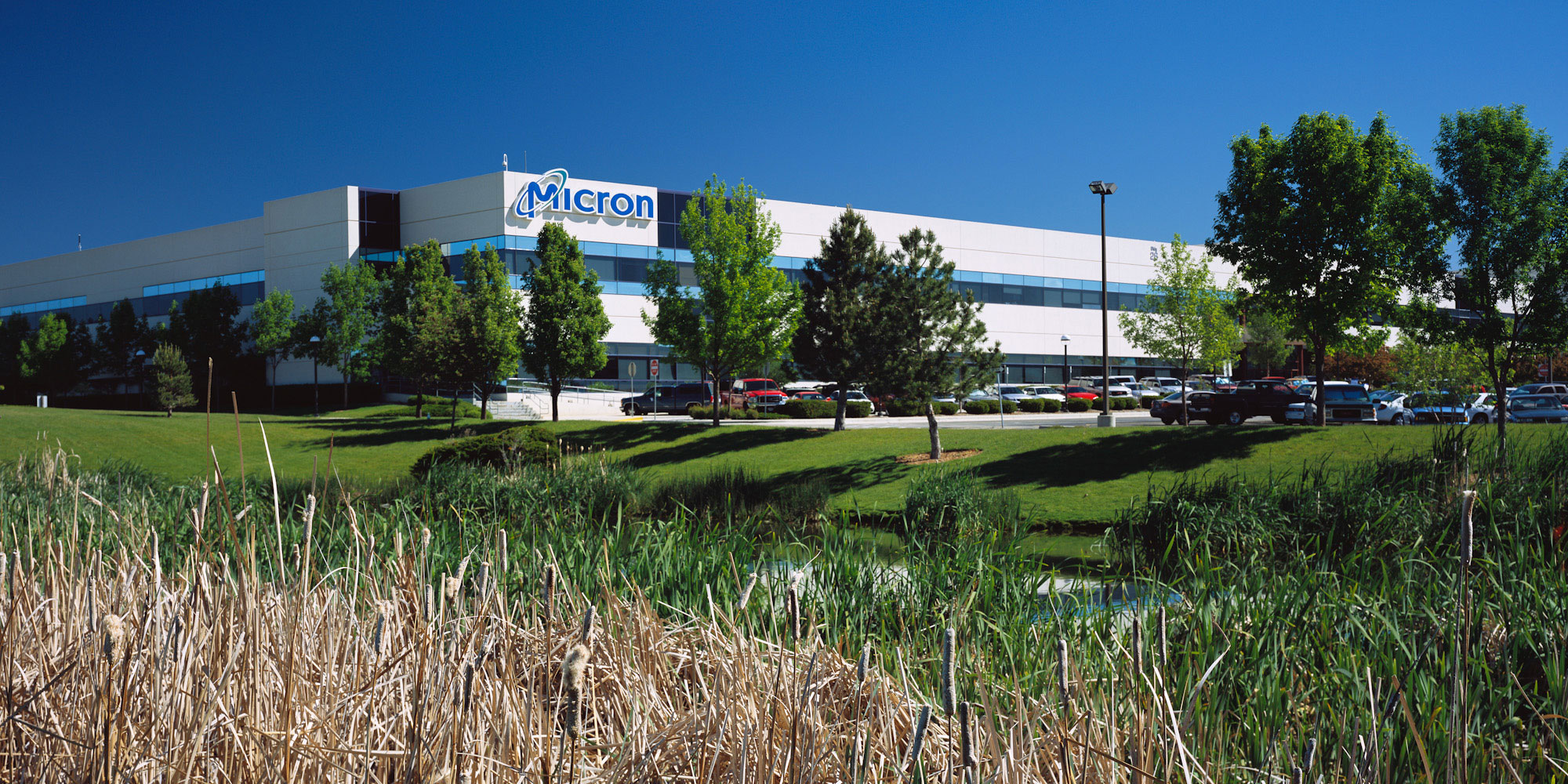
Micron Technology, the US’s second largest semiconductor chip maker, posted strong results in Q4 earnings late Thursday but the devil, according to the analysts grilling its C-suite on a conference call, was in the detail, and, amid disappointing revenue forecasts, the company’s share price fell on fears about the demand curve.
The results also represented the close of Micron’s fiscal year and for FY2018 the company’s net income more than doubled, from $5 billion to $14 billion.
“Micron delivered an exceptional fourth quarter and capped record fiscal year results by becoming the second largest semiconductor company in the U.S.,” said Sanjay Mehrotra, President and CEO of Micron Technology.
See also: Going separate ways: Micron, Intel end 12 year NAND collaboration
He added: “In the fourth quarter, we set revenue records across all our major markets, from automotive and industrial to mobile and cloud datacenters. The secular and diversified growth drivers in our industry combined with accelerating pace of transformation of the new Micron form a tremendous catalyst for us to create enduring value for our customers and investors in 2019 and the years ahead.”

Yet with rivals like Samsung cutting capital expenditure amid concerns about future demand, Micron’s announcement that it was investing a further $2 billion in manufacturing capacity (“future technology transitions in NAND and DRAM require substantially more cleanroom space than prior nodes”) left some analysts sceptical.
Questioned on the call, the CEO said: “Let me just point out that in 2018, we were well below the industry in terms of overall CapEx. And overall, we definitely are absolutely focused on technology transitions with respect to our CapEx. And we believe we have really a prudent, disciplined focus, as I said before, in terms of adjusting our CapEx toward equipment, targeting it toward technology transitions and big growth coming from the technology transition.”
The company added: “One-third of our total revenues in fiscal 2018 were from data center and graphics. Our annual revenues in these markets have more than doubled year-over-year. We are confident about the long-term demand growth in this market as AI and big data analytics continue to create new value for end customers. Our collaboration with customers in these markets is deep and we work closely with them to bring new technologies to market.”






